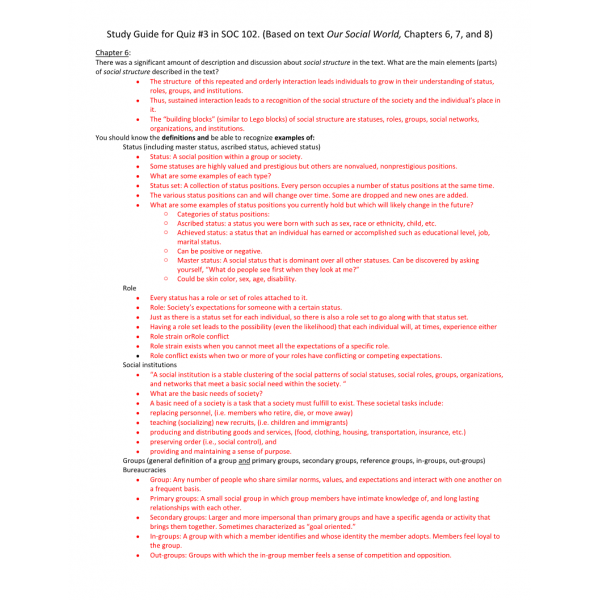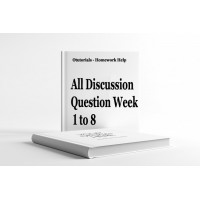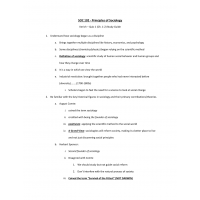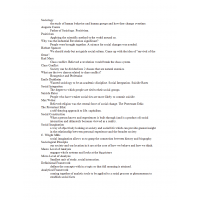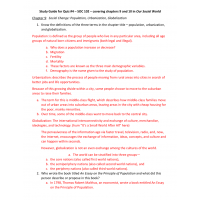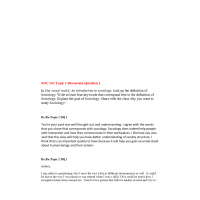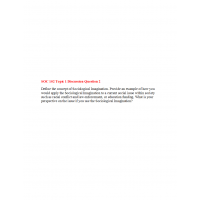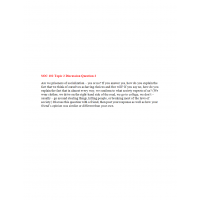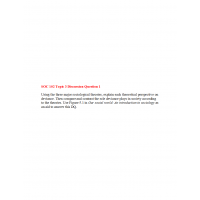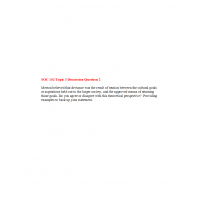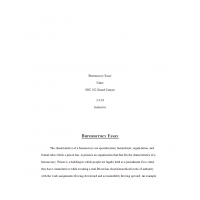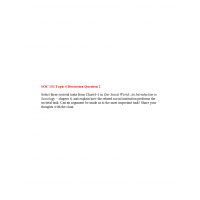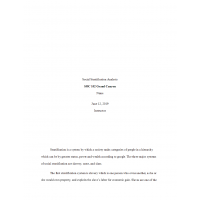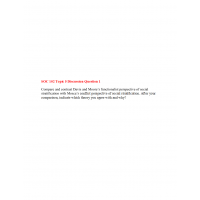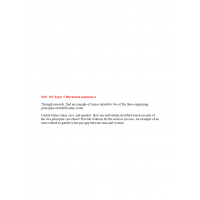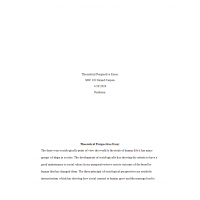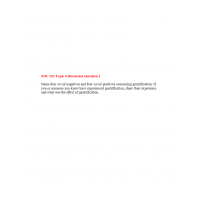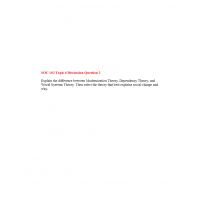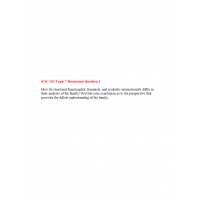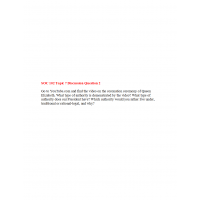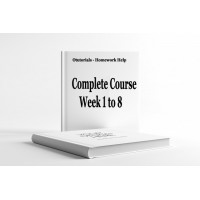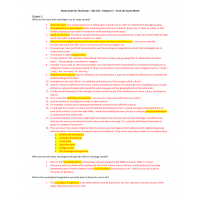Study Guide for Quiz #3 in SOC 102. (Based on text Our Social World, Chapters 6, 7, and 8)
Chapter 6:
There was a significant amount of description and discussion about social structure in the text. What are the main elements (parts) of social structure described in the text?
You should know the definitions and be able to recognize examples of:
Status (including master status, ascribed status, achieved status)
Role
Social institutions
Groups (general definition of a group and primary groups, secondary groups, reference groups, in-groups, out-groups)
Bureaucracies
Chapter 7:
You should know the definition of social stratification and the definitions of the various systems of stratification that are or have been in place in various societies now and in the past:
Social stratification:
Slavery
Caste
Estate
Class
Which of the systems of social stratification is the most open system and which is the most closed system? Which two would be in the middle if you ranked them from most open to most closed?
What do sociologists mean by the term social mobility?
What is the difference between horizontal mobility and vertical mobility?
What do structural functionalists suggest is the basic function of social stratification? That is, why does every society have a system of social stratification?
What do conflict theorists view as the purpose of social stratification systems? That is, what do they do?
What is the meaning of the term cultural capital?
What is the purpose of organizing principles in social stratification systems?
What are the things that we know about any and all social stratification systems?
Chapter 8:
What determines one’s position in the class system of stratification, according to Karl Marx?
What is/are the organizing principle(s) of the class stratification system in the U.S.?
What is it called when a researcher uses multiple measures (such as income, education, and occupation) to understand a class position?
What are the definitions of the following terms?
Objective indicators
The poverty line
Prejudice
Discrimination
Minority group
Race
Ethnicity (focus especially on the difference between these last two terms).
What do we know about the social construction of racism? That is, what are the characteristics of racism?
Know the meanings of the two theories called traditional race theory and racial formation theory. Recognize examples of each theory.
What is the name given to an ideology that views men as superior to women resulting in men dominating women?
| Institution & Term/Date | |
| Term/Date | Grand Canyon |
SOC 102 Quiz 3 Study Guide
- Product Code: 2019
- Availability: In Stock
-
$15.00
Related Products
SOC 102 Quiz 1 Study Guide 1
$15.00
SOC 102 Quiz 1 Study Guide 2
$10.00
SOC 102 Quiz 4 Study Guide
$15.00

